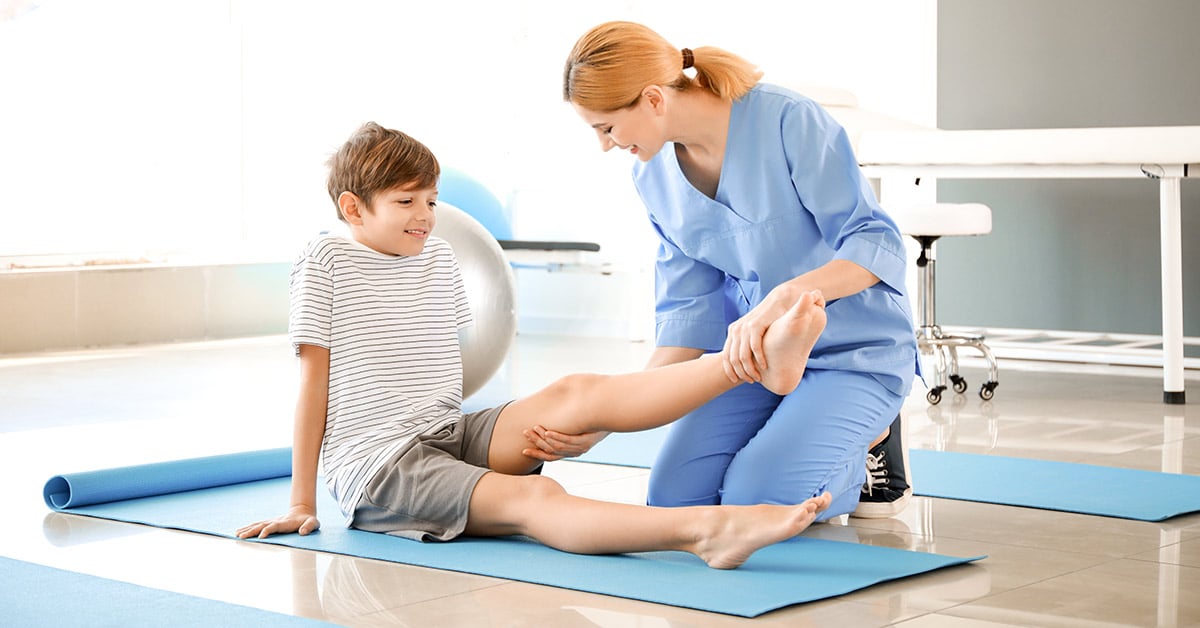Understanding Frequent Sports Ailments and Efficient Recovery Strategies aimed at Athletes
Understanding Frequent Sports Ailments and Efficient Recovery Strategies aimed at Athletes
Blog Article
Athletic injuries are frequent among athletes of all age groups and skill levels. These injuries can happen in various forms, including sprains, muscle injuries, breaks, and tendonitis. Understanding the kinds of traumas that can happen during athletic events is essential for both avoiding and treatment. Ligament injuries, for example, involve the stretching or tearing of connective tissues, which link bones at a articulation. Muscle injuries, on the contrary hand, affect muscle tissues or tendons, which attach muscles to bones. Identifying these traumas early can assist athletes seek suitable care and return to their sport more rapidly.
One of the most frequently seen injuries in athletics is the foot ligament injury. This injury often happens when an individual lands ungracefully or twists their foot during a match. Symptoms of an ankle sprain include discomfort, inflammation, and difficulty walking. Prompt treatment typically includes the R.I.C.E. approach, which stands for Recovery, Cooling, Compression, and Lifting. This approach helps minimize swelling and pain. In severe serious cases, rehabilitative therapy may be required to regain strength and flexibility to the foot before going back to sports.
Another frequent injury is a muscle strain, which can happen in any athletic activity that demands quick movements or intense lifting. Sportspeople may experience a muscle injury when they extend a muscle too far or when they apply too much effort. Signs include acute pain, swelling, and muscular spasms. Recovery for muscle strains often entails light flexibility exercises and conditioning exercises. Slowly increasing activity levels is vital to prevent recurrence. Athletes should work closely with a physical specialist to create a safe and efficient rehabilitation strategy.
Tendonitis is another trauma that can impact here sportspeople, particularly those who participate in repetitive movements, such as runners or swimmers. This condition occurs when a tendon structure, which links muscular tissue to skeletal structure, gets swollen. Frequent locations involved by tendon inflammation include the arm, upper arm, and leg. Symptoms often include pain and stiffness, especially during activity. Care for tendon inflammation usually involves recovery, ice, and pain-relief drugs. In some cases, physical therapy may be suggested to improve mobility and power in the injured area.
Avoiding athletic traumas is just as crucial as treating them. Sportspeople can minimize their chance of injury by heating up correctly before events, using the appropriate equipment, and maintaining good fitness shape. Strength training and flexibility workouts can assist ready the body for the demands of sports. Additionally, sportspeople should pay attention to their physical condition and take rest when needed. By understanding common sports traumas and applying effective rehabilitation plans, sportspeople can stay healthy and enjoy their favorite athletic activities for years to come.